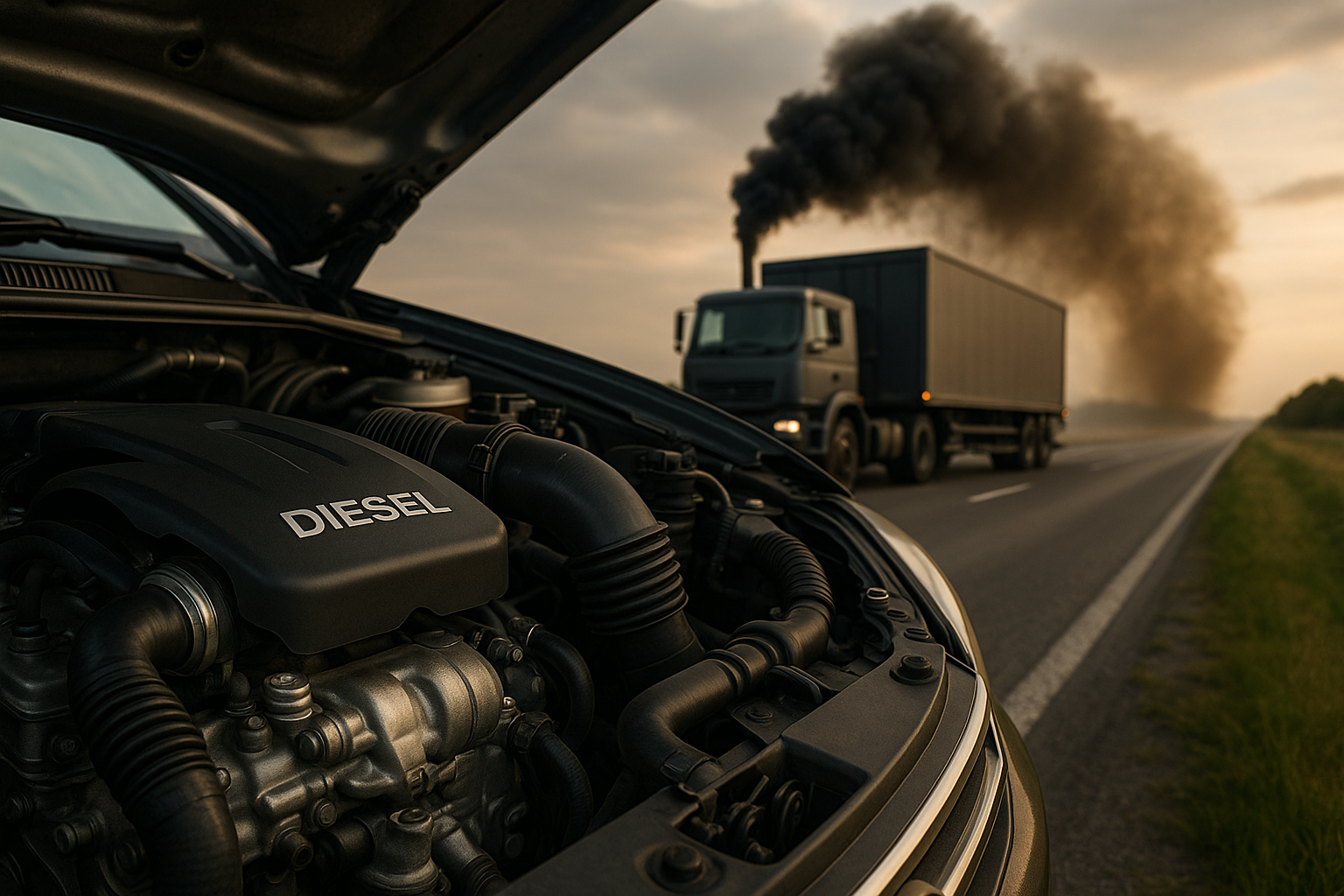The Resurgence of Diesel Power: An Unlikely Hero in the Modern Automotive World
In the world of automotive power, there's a dark horse that's been quietly making a comeback—diesel. With an image tainted by pollution scandals and overshadowed by the rise of electric vehicles, diesel might seem like an unlikely hero. However, recent technological advancements have breathed new life into diesel engines, making them a viable, even desirable option in today's automotive world.

Diesel’s Rocky History
In the early days of the automobile, diesel was lauded for its superior fuel economy and robustness. However, its reputation was marred by noisy operation, sluggish performance, and dirty emissions. Despite these shortcomings, diesel remained a popular choice for heavy-duty applications such as trucks and commercial vehicles where durability and efficiency were paramount.
The turn of the century saw the introduction of turbocharged diesel engines, which offered improved performance and reduced noise. Still, diesel’s reputation had been tarnished, and it struggled to shake off its image as a ‘dirty fuel.’
Modern Diesel Technology: Cleaner and More Efficient
Fast-forward to today, and diesel technology has undergone a revolution. Modern diesel engines are quieter, cleaner, and more efficient than their predecessors. Thanks to advancements in fuel injection systems, exhaust aftertreatment, and engine management software, the latest diesel engines can meet stringent emission standards while delivering excellent fuel economy and performance.
Diesel in Today’s Automotive Landscape
Despite the growing popularity of electric vehicles, diesel still has a key role to play in the modern automotive landscape. Diesel engines’ superior fuel economy makes them an excellent choice for long-distance driving, while their robust construction makes them ideal for heavy-duty applications.
Moreover, diesel offers a practical solution for reducing CO2 emissions in the short to medium term. While electric vehicles produce zero tailpipe emissions, they currently still rely on electricity generated from fossil fuels. Diesel, on the other hand, offers immediate CO2 savings thanks to its superior fuel economy.
The Future of Diesel
While diesel has made great strides in recent years, challenges remain. The most significant is the public perception of diesel as a ‘dirty fuel.’ Changing this perception will require ongoing technological advancements and robust communication efforts from the automotive industry.
Furthermore, diesel must continue to evolve to keep pace with tightening emission regulations. This will require continued investment in R&D and innovations such as advanced aftertreatment systems and hybrid diesel-electric powertrains.
Conclusion
Despite its checkered past, diesel has proven itself as an unlikely hero in the modern automotive world. With its superior fuel economy, robustness, and recent technological advancements, diesel offers a viable solution for reducing CO2 emissions in the short to medium term. However, for diesel to secure its place in the future of motoring, it must continue to evolve and overcome the challenges that lie ahead. Diesel’s story serves as a reminder that in the world of automotive technology, no idea should ever be dismissed outright.






